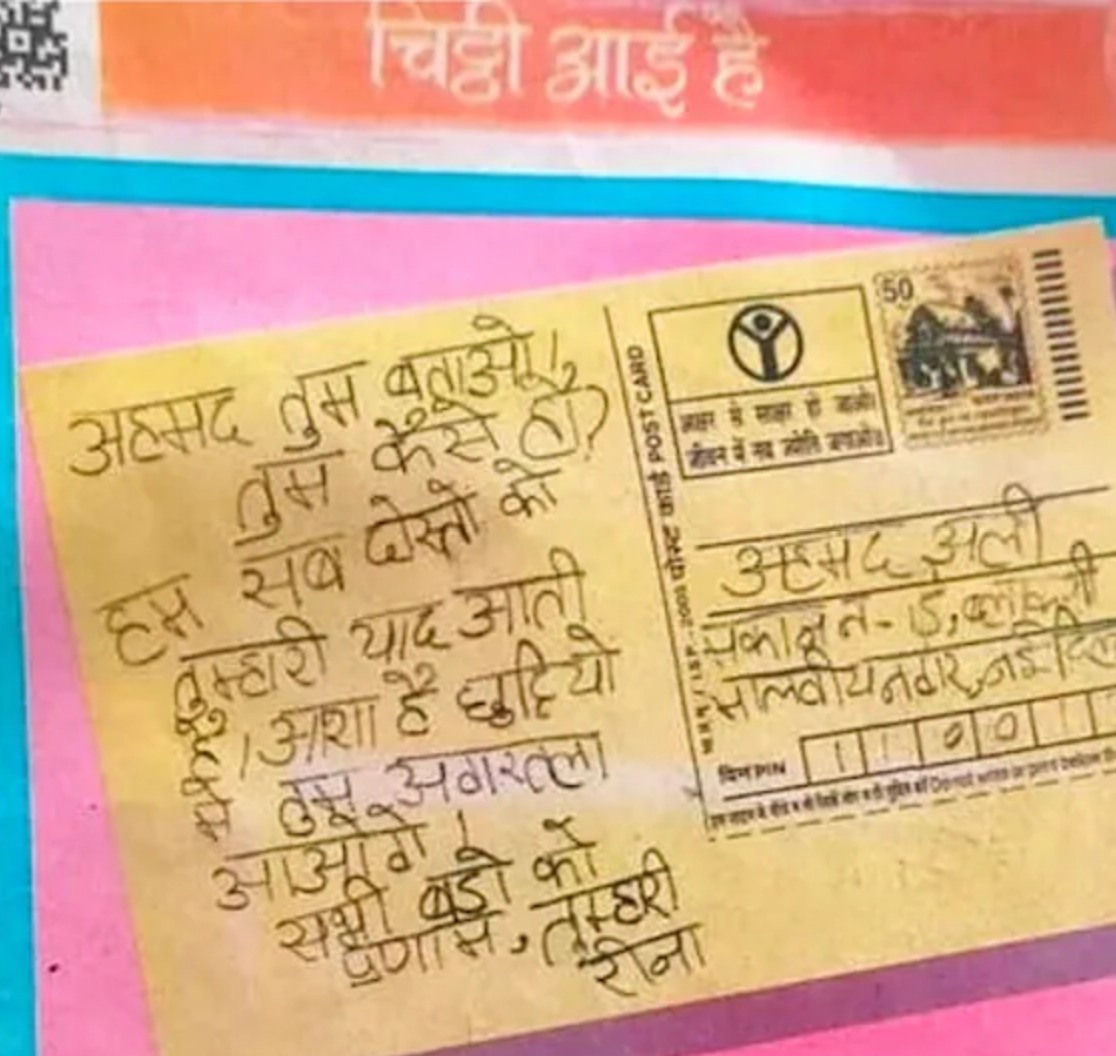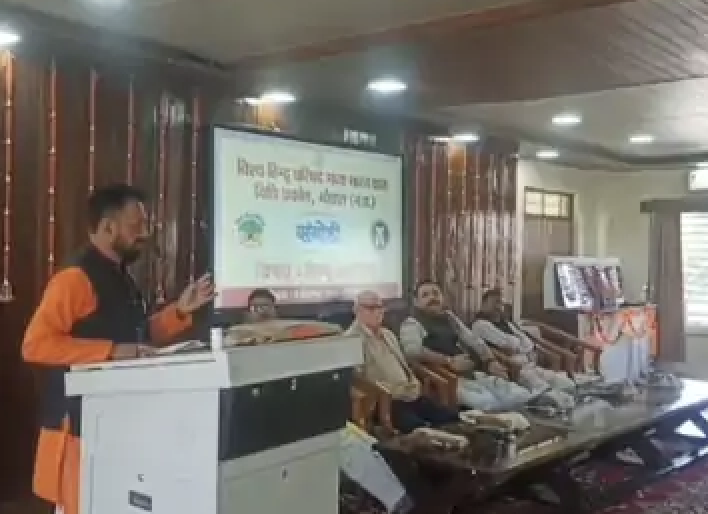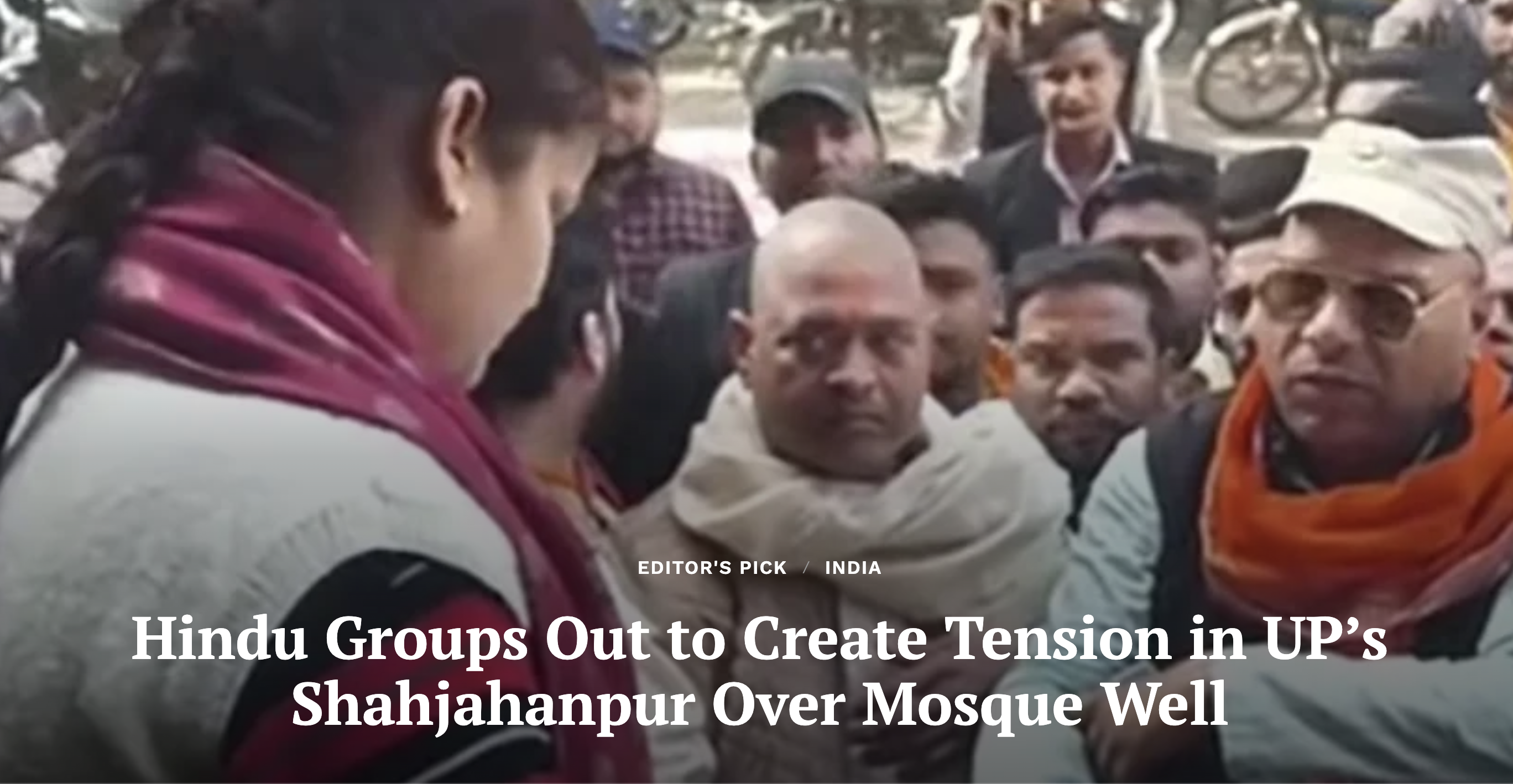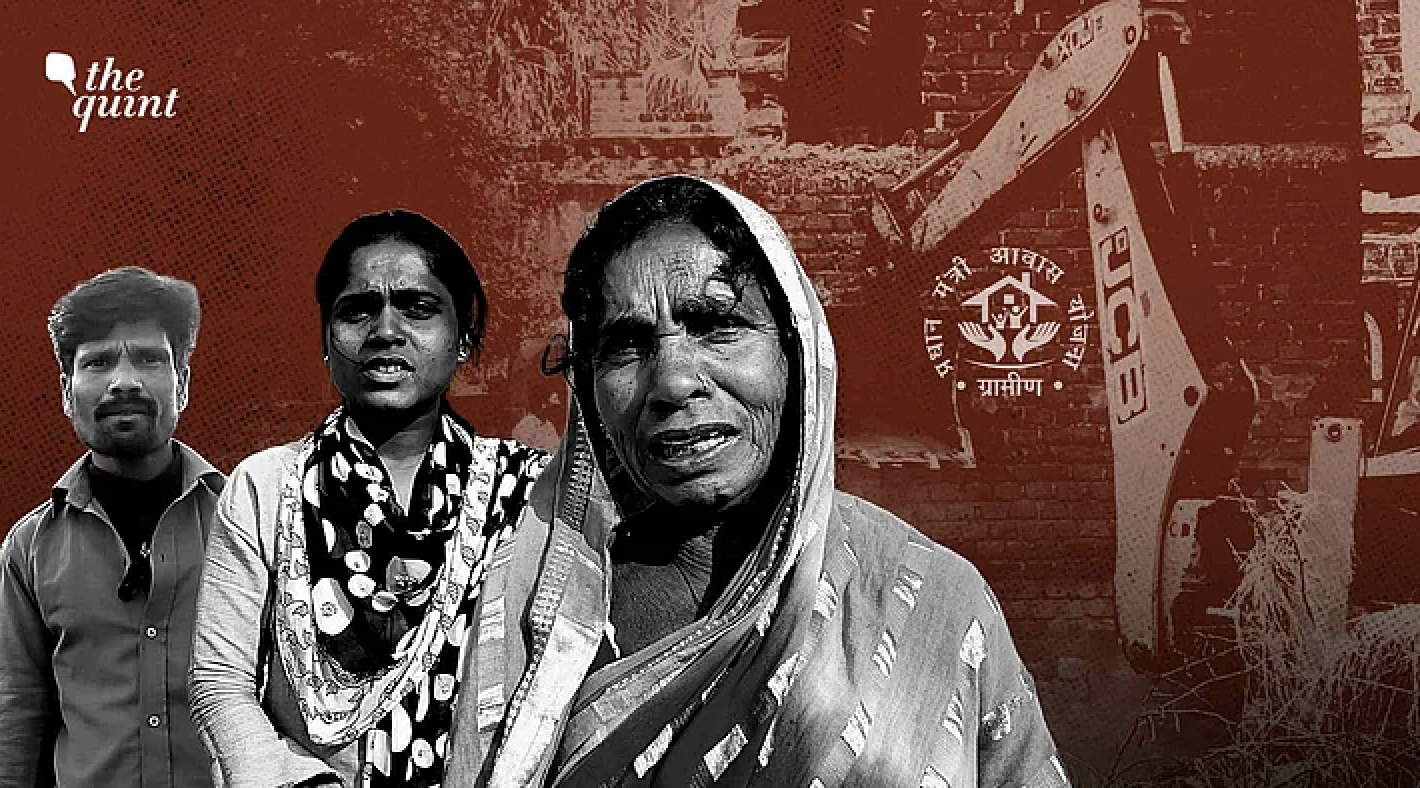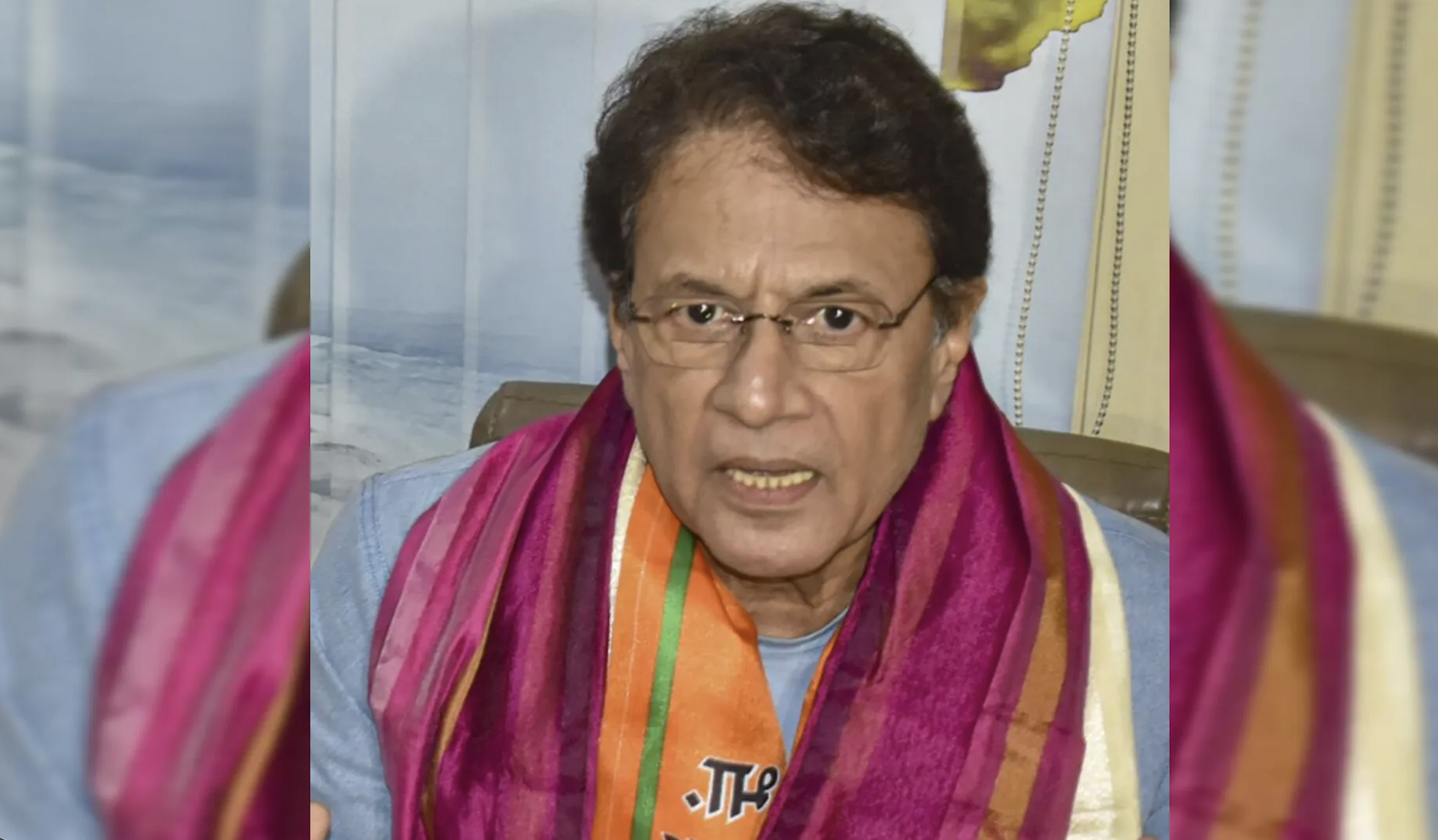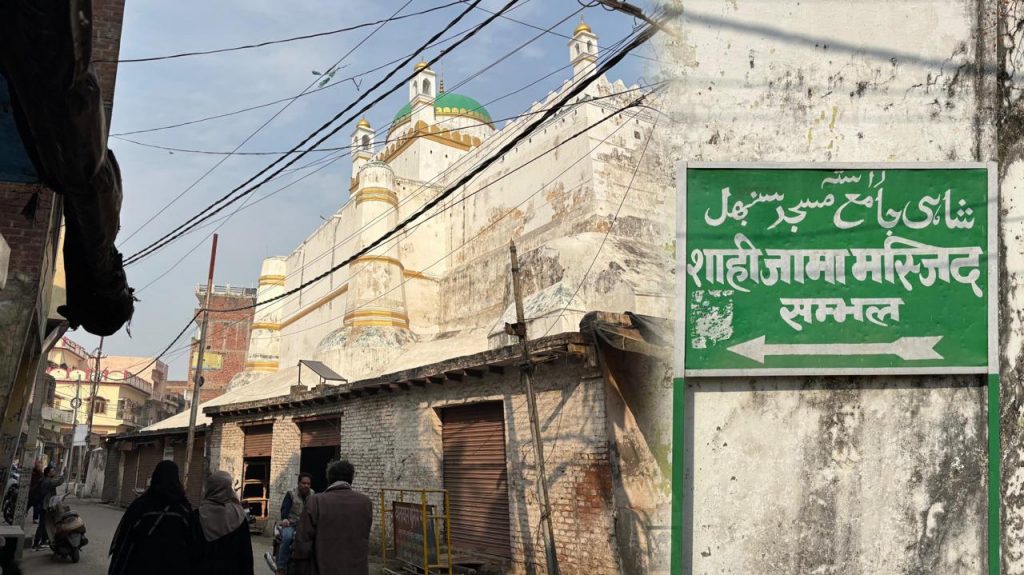
By Harsh Mander
The Muslim-majority town of West Uttar Pradesh, Sambhal, is shrouded in fear. In a vague but still overpowering dread. In unspoken anticipation of an impending calamity that could ravage the lives of the residents.
Over a month has passed since November 24, when five men were killed after a crowd protested with stone-throwing a court-ordered survey of Shahi Jama Masjid mosque. The purpose of the survey was to ascertain if the mosque erected during the reign of the first Mughal emperor Babar was built after demolishing a temple.
A visiting team of the Karwan e Mohabbat finds the families of the men killed still distraught and inconsolable. The Muslim citizens are confused, frightened and angry. The state officials are doing nothing to assuage their fears. Instead, the state administration is unleashing a battery of measures that are nakedly hostile to its Muslim citizens. The saffron-robed chief minister Adityanath further stokes the embers with a series of coarse and openly communal declarations.
One thing is immediately evident. This combat that tore into the medieval town of Sambhal is not between its Muslim and Hindu residents. There was not a single act of communal violence between Muslims and Hindus in this Muslim-majority town. Hindus, by and large, had stood with their Muslim neighbours in their time of trial. The conflict instead is indisputably between the state administration and the Muslims of Sambhal.
But to what end?
I am convinced that the goal of the Rashtriya Swayamsevak Sangh and the belligerent Uttar Pradesh chief minister is to rapidly elevate this mostly forgotten mosque into another Babri Masjid. Go back to the winter of 1949. On the watch of the district magistrate of Faizabad KKK Nayar, Hindu idols “mysteriously” appeared in the Babri Masjid. The district magistrate defied orders of his superiors and reportedly even prime minister Jawaharlal Nehru when he refused to remove the idols. Through his refusal, he prised open the flood-gates for the Babri Masjid-Ayodhya dispute that went on to tear apart the social fabric, claim thousands of lives, pave the pathway for the triumphal rise of the Bharatiya Janata Party, and alter for a generation and longer the course of the Indian republic. It is perceptible that history may prove this to become a similar moment in Sambhal. We are witnessing attempts to fast-track the manufacture of what until recently was the barely remembered Sambhal Shahi Jama Masjid into the country’s next Babri Masjid.
This story was originally published in scroll.in. Read the full story here.


